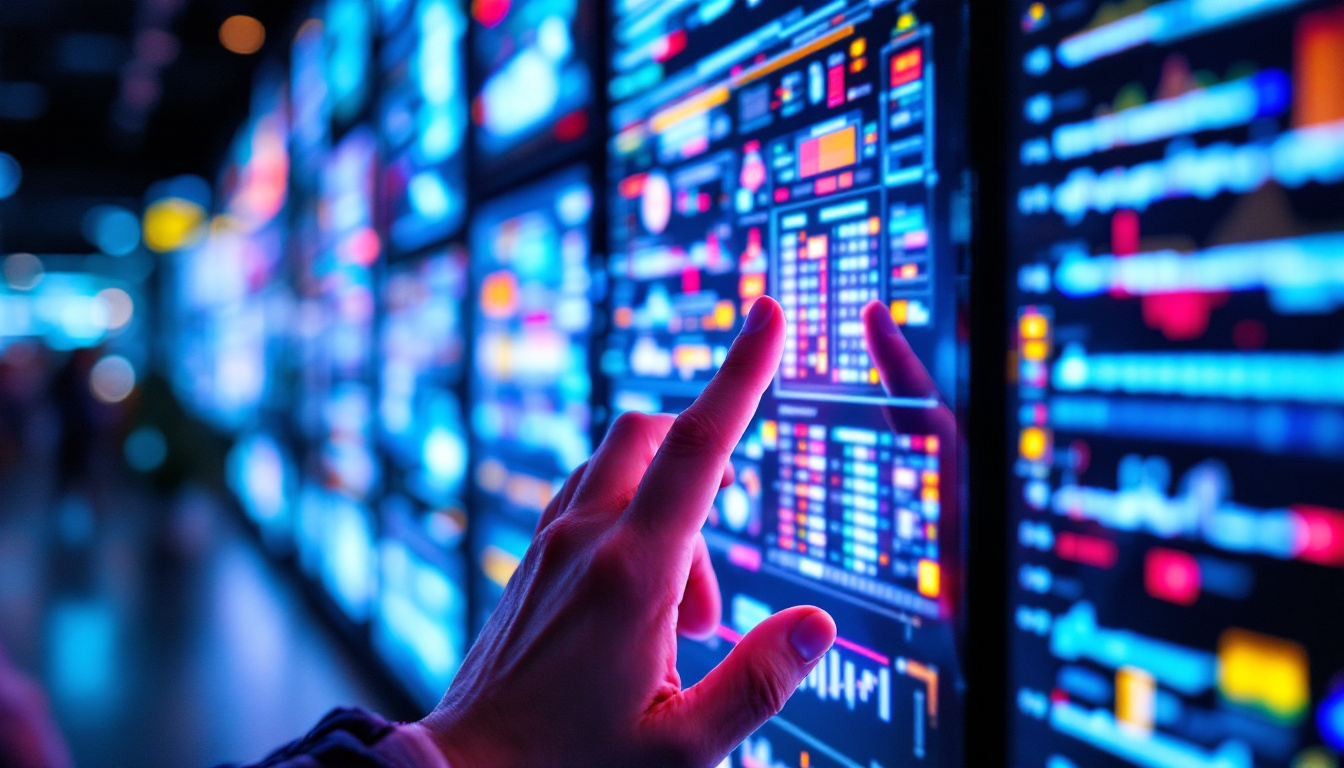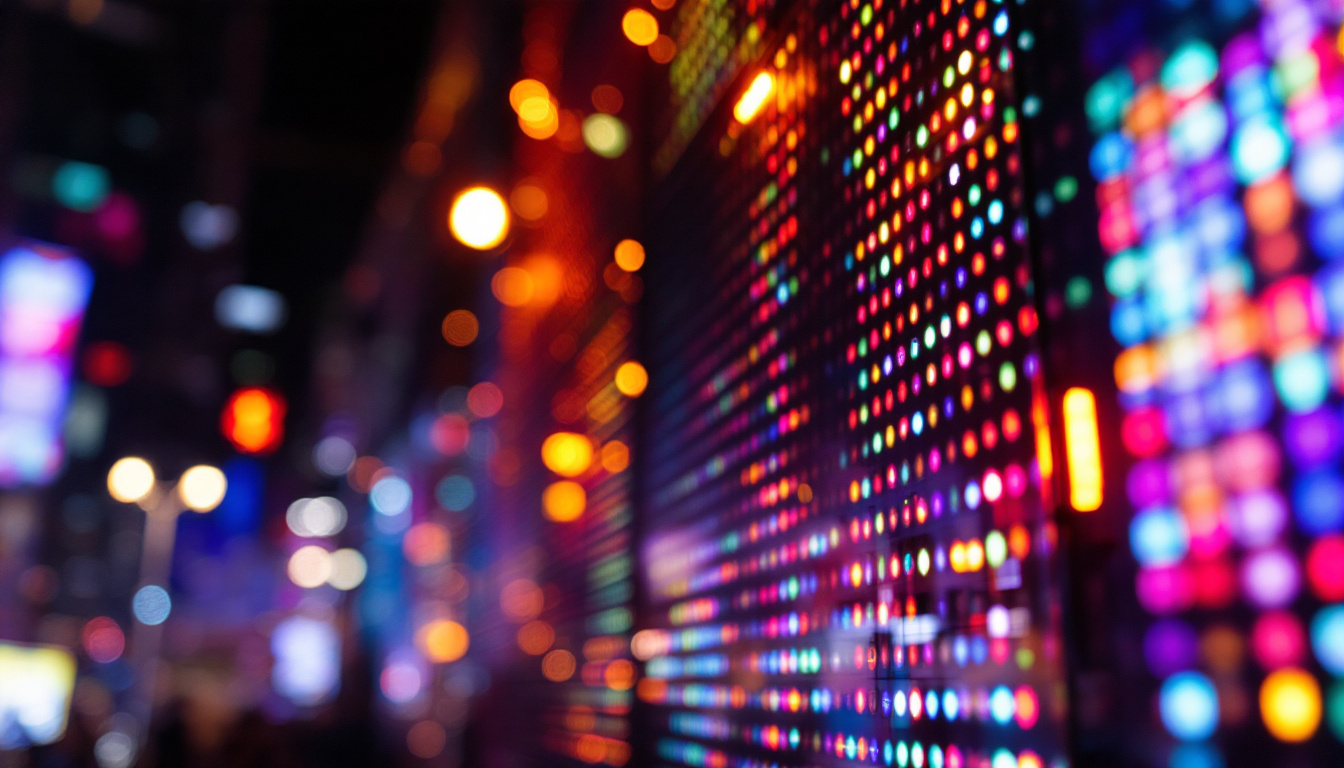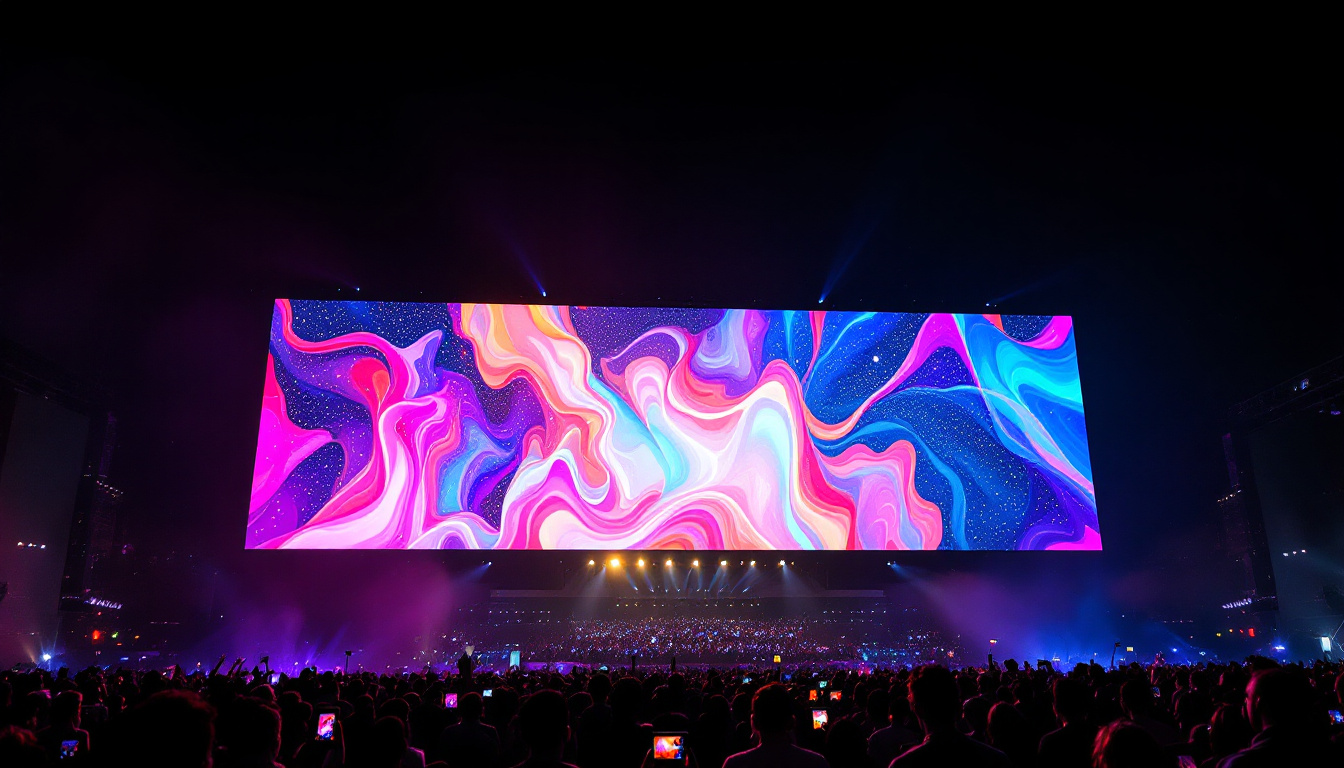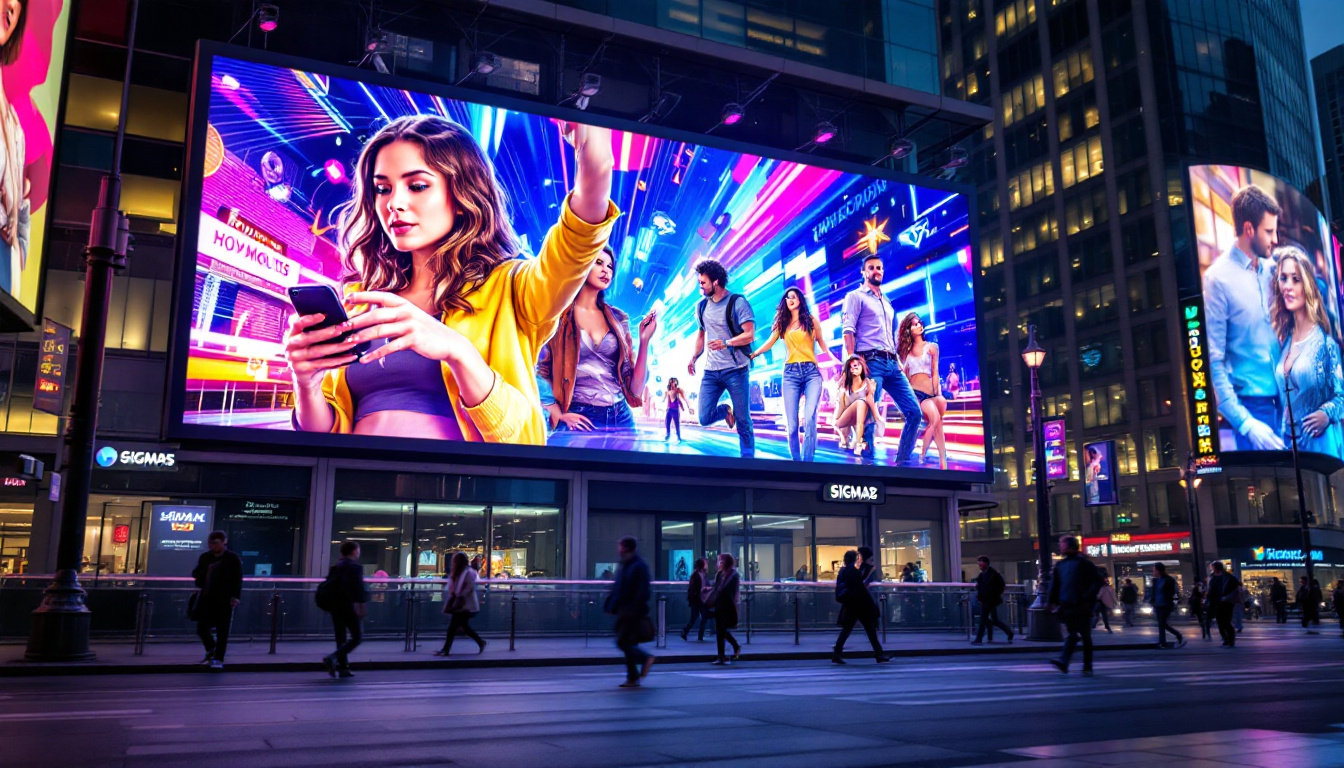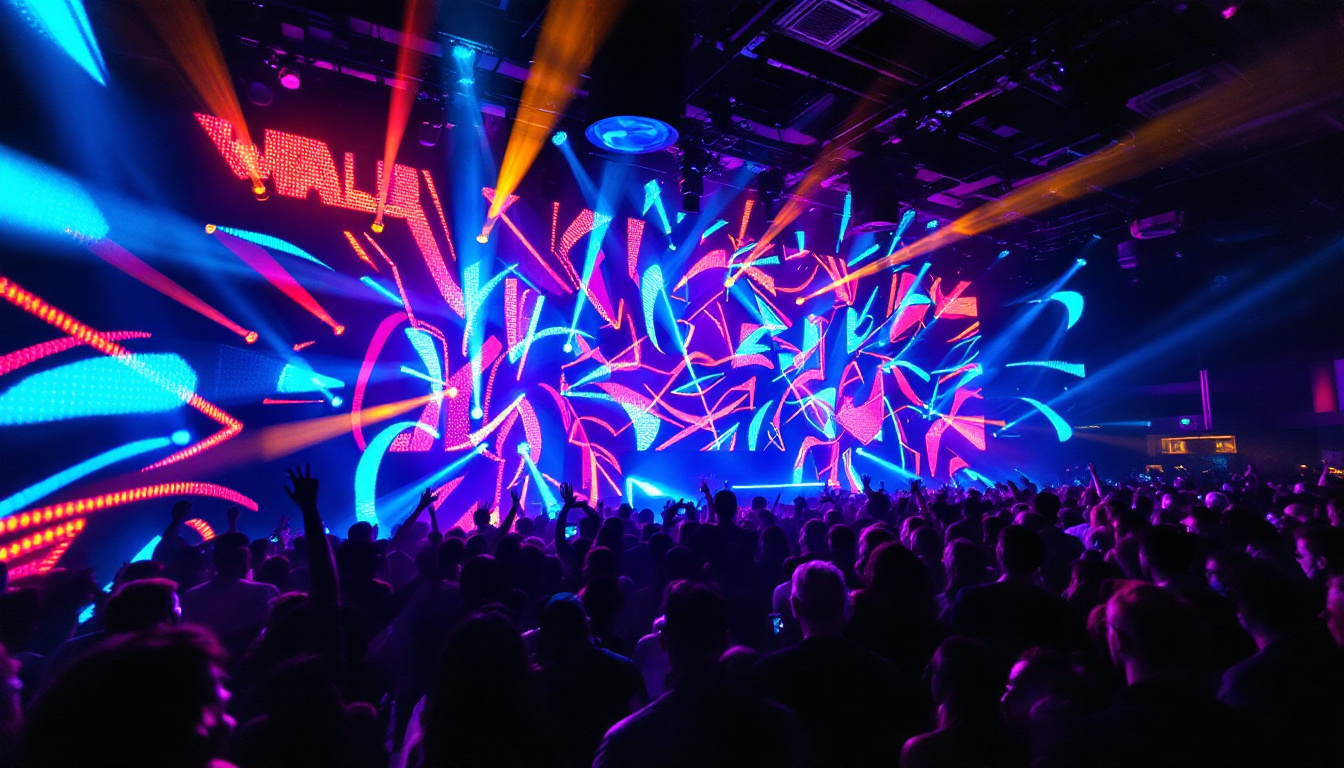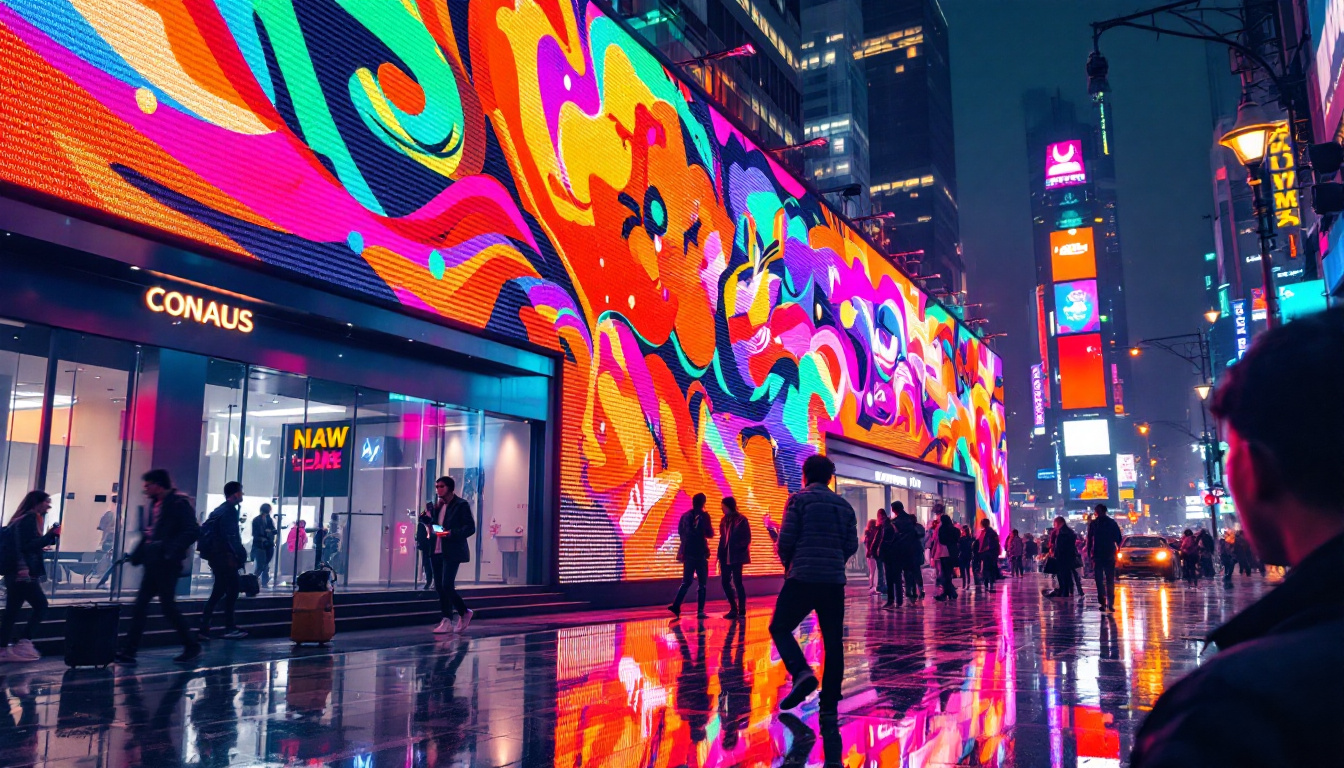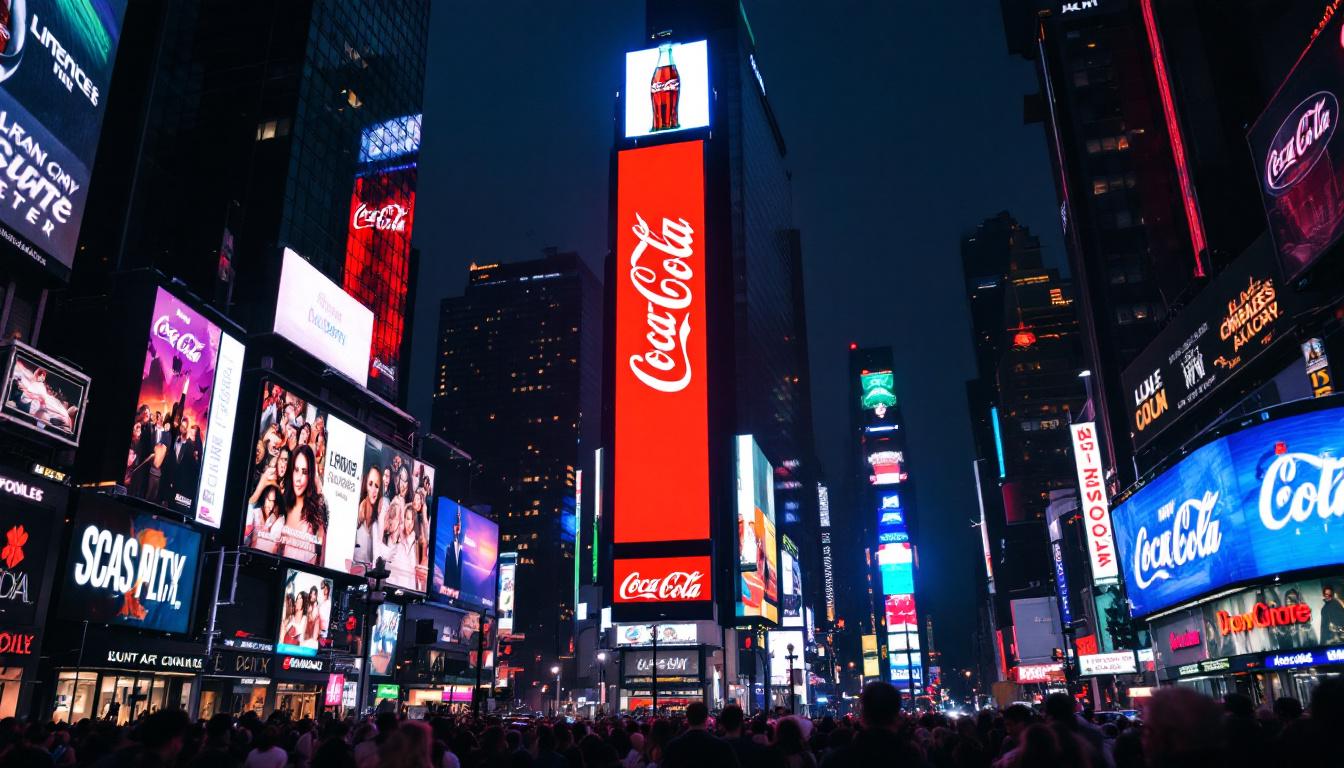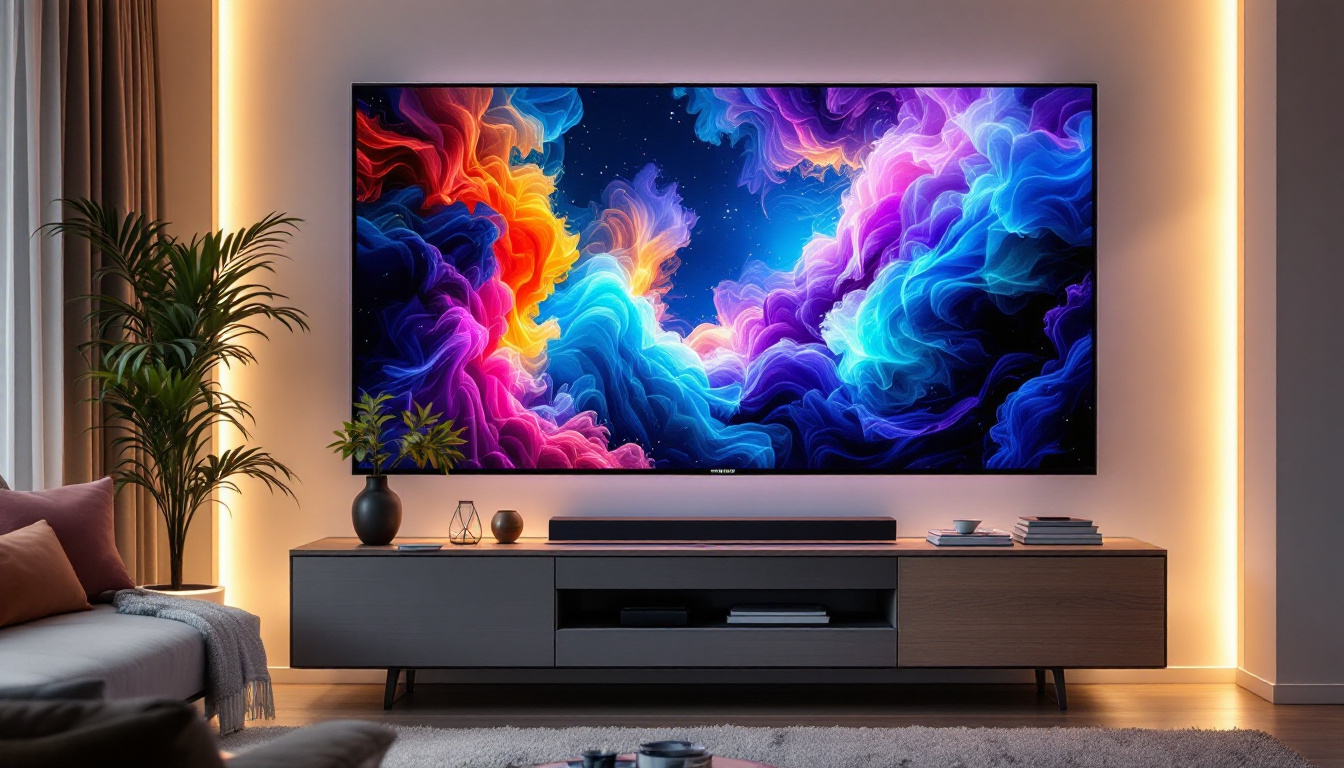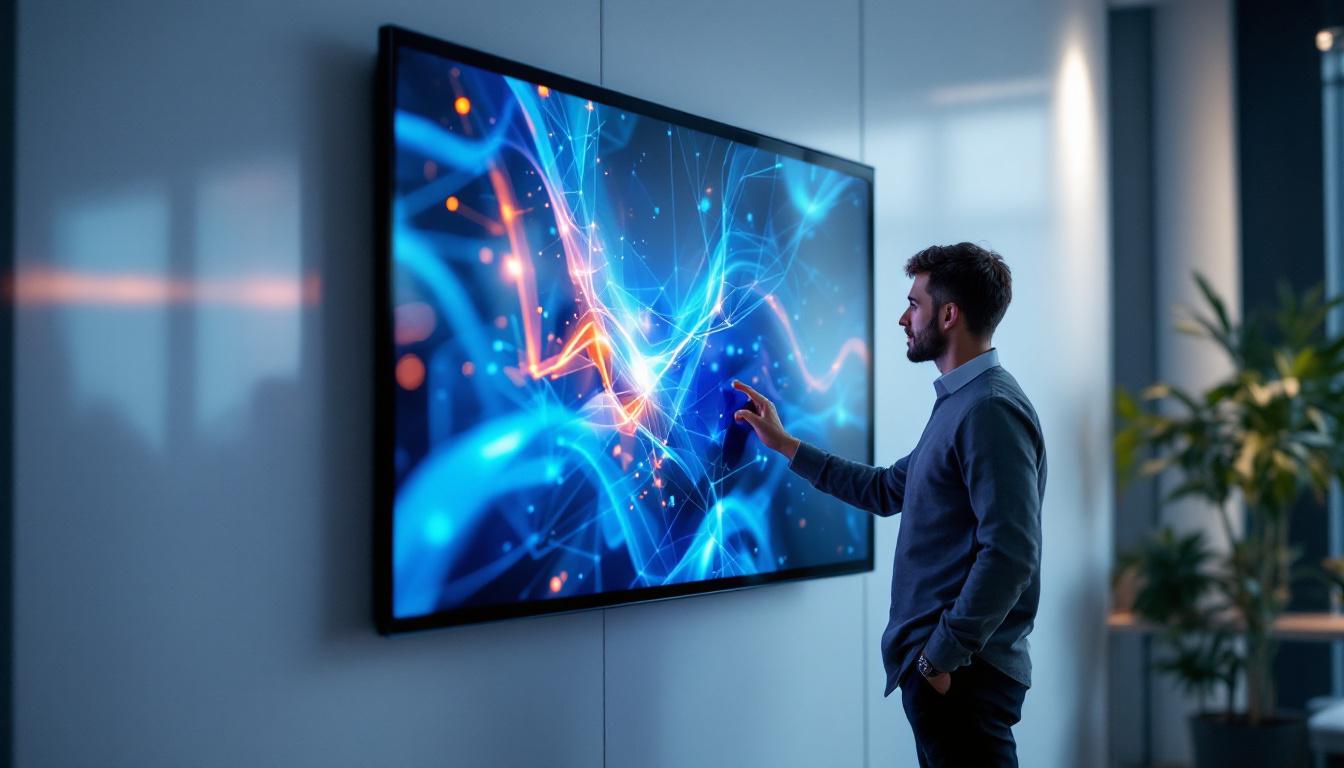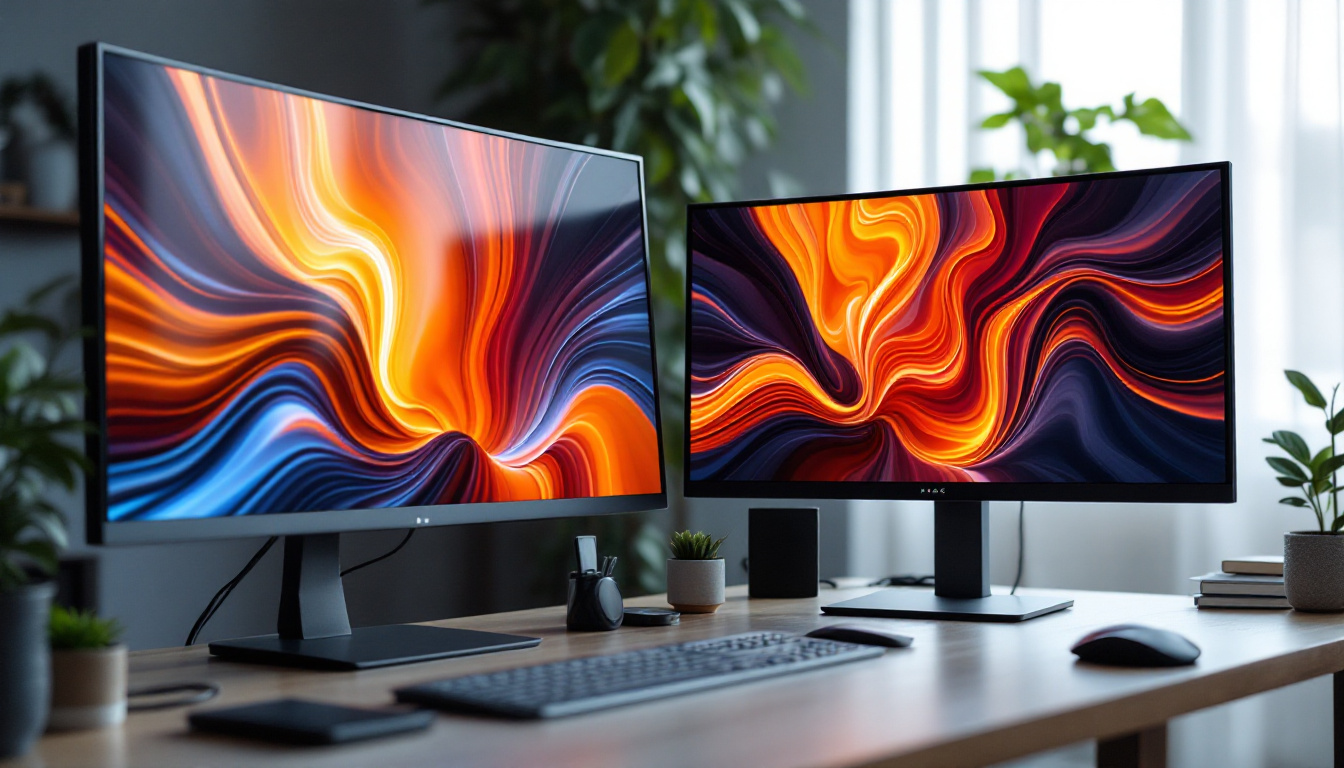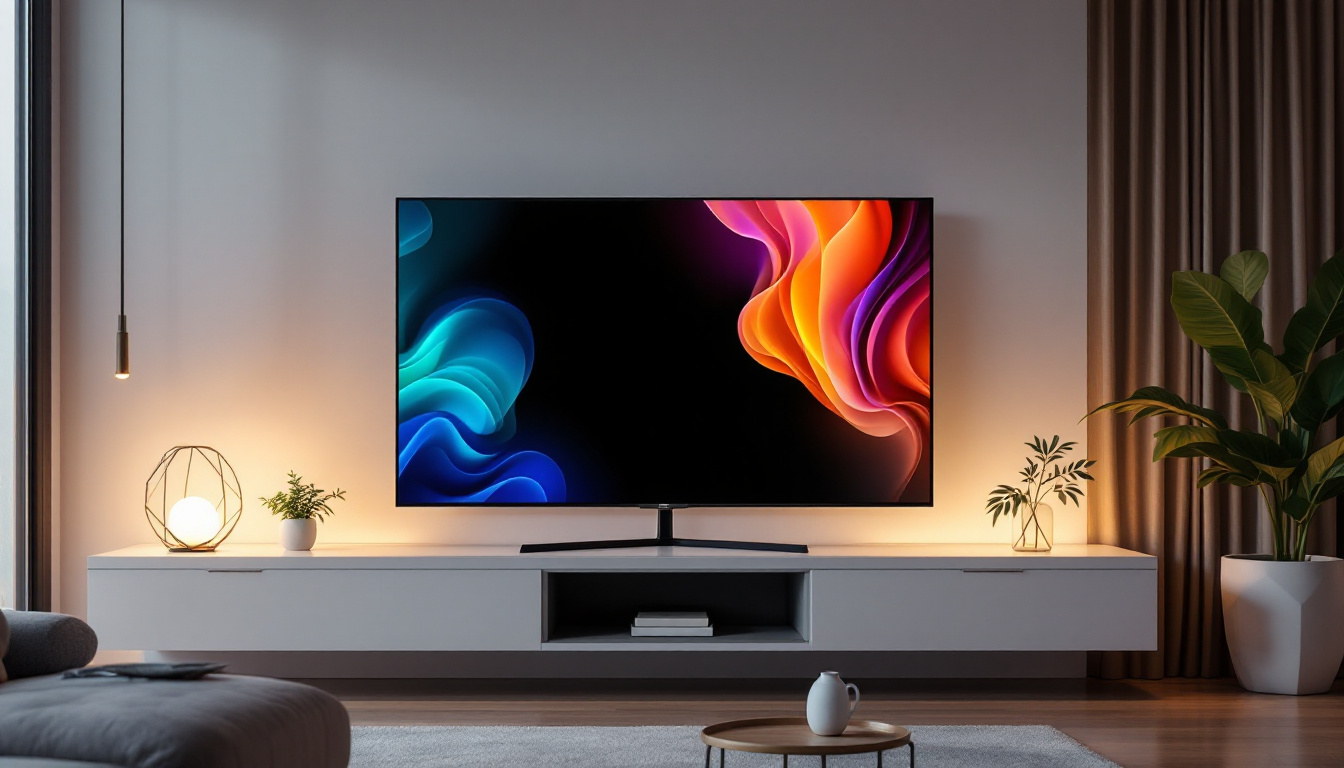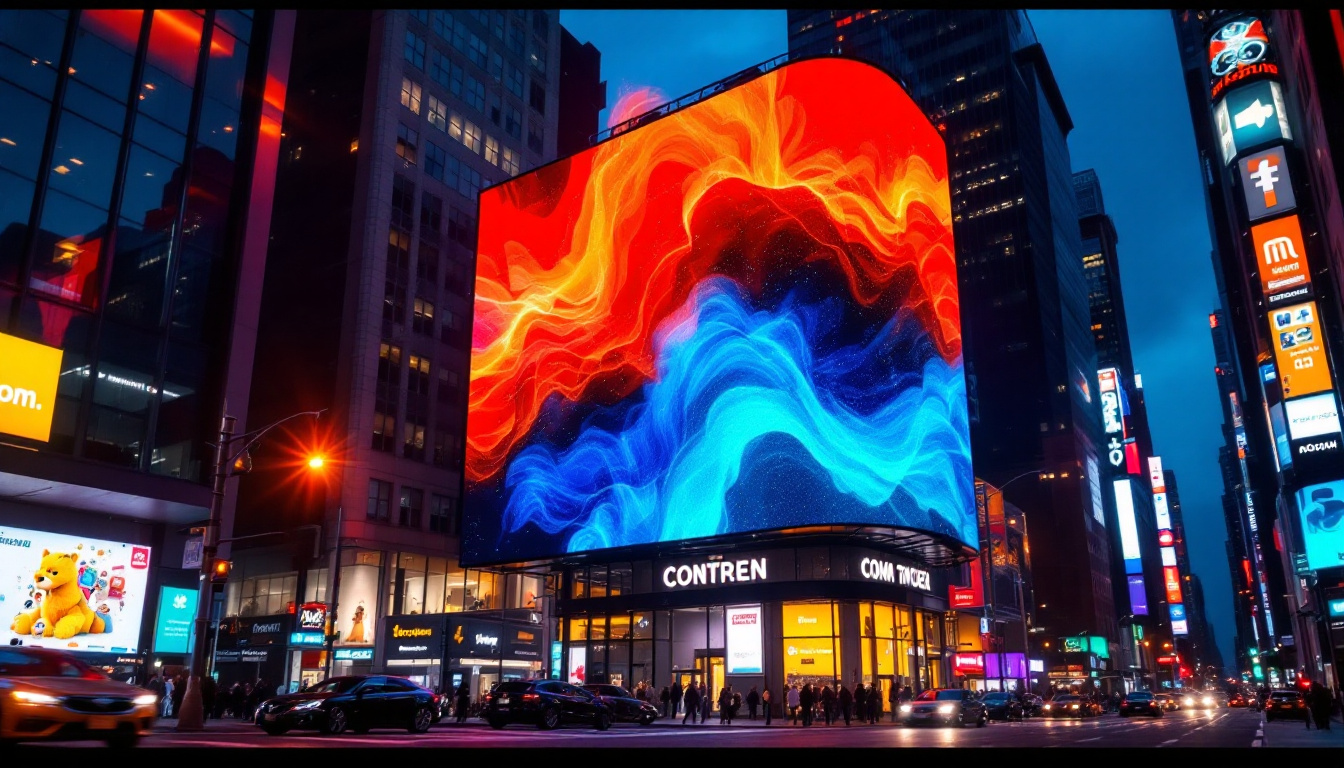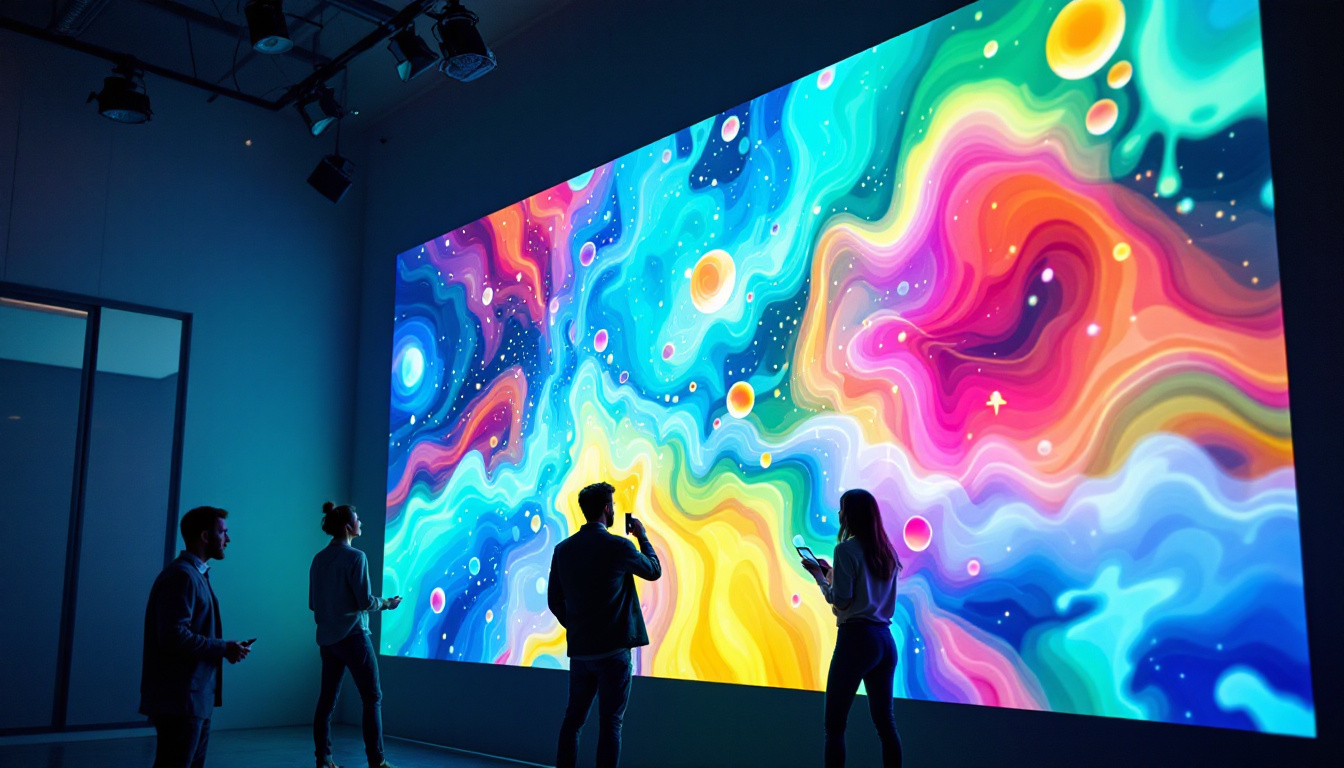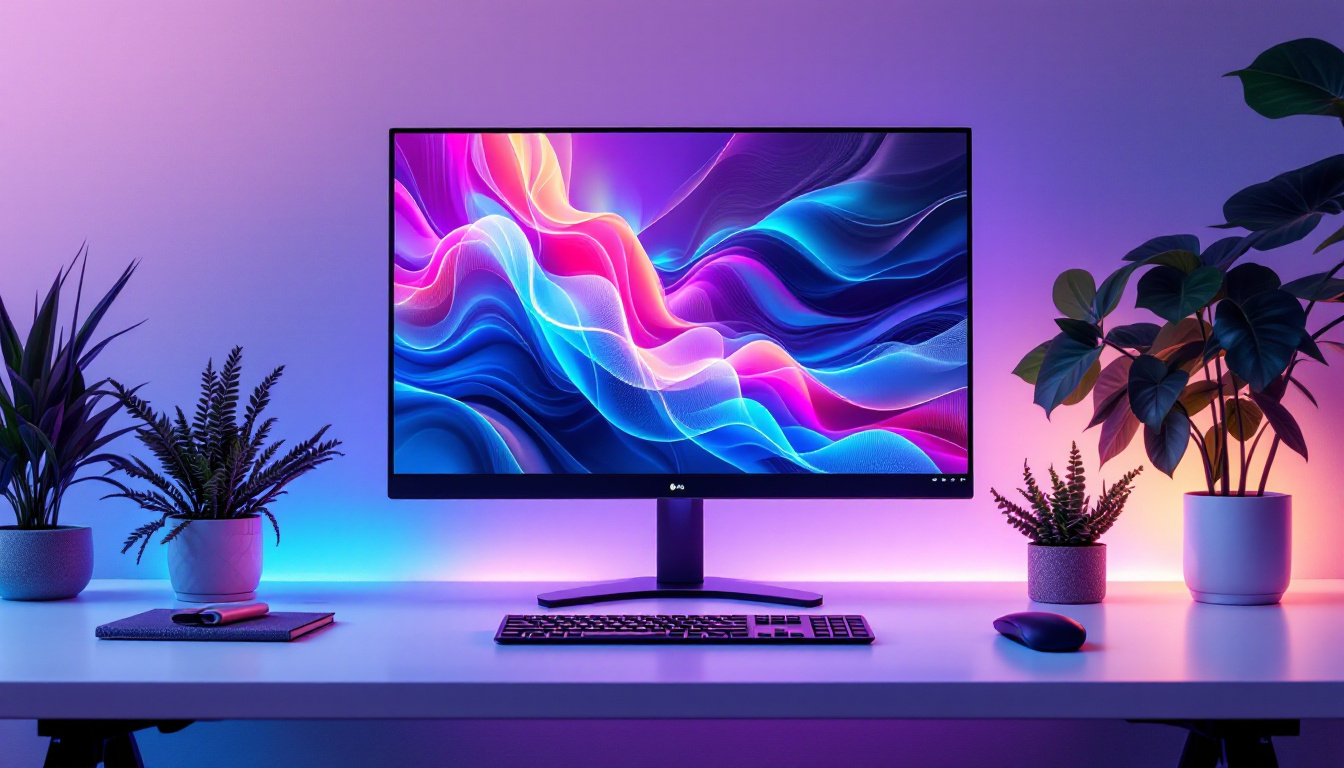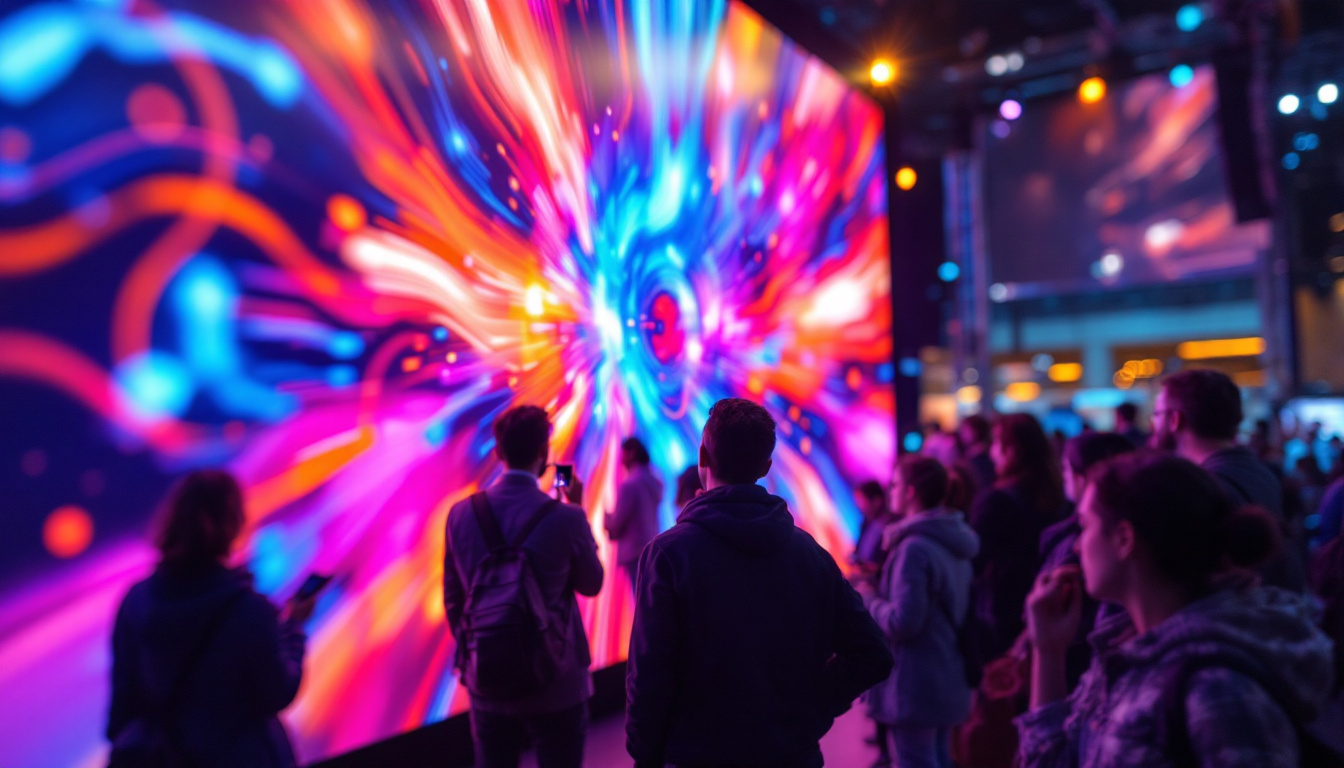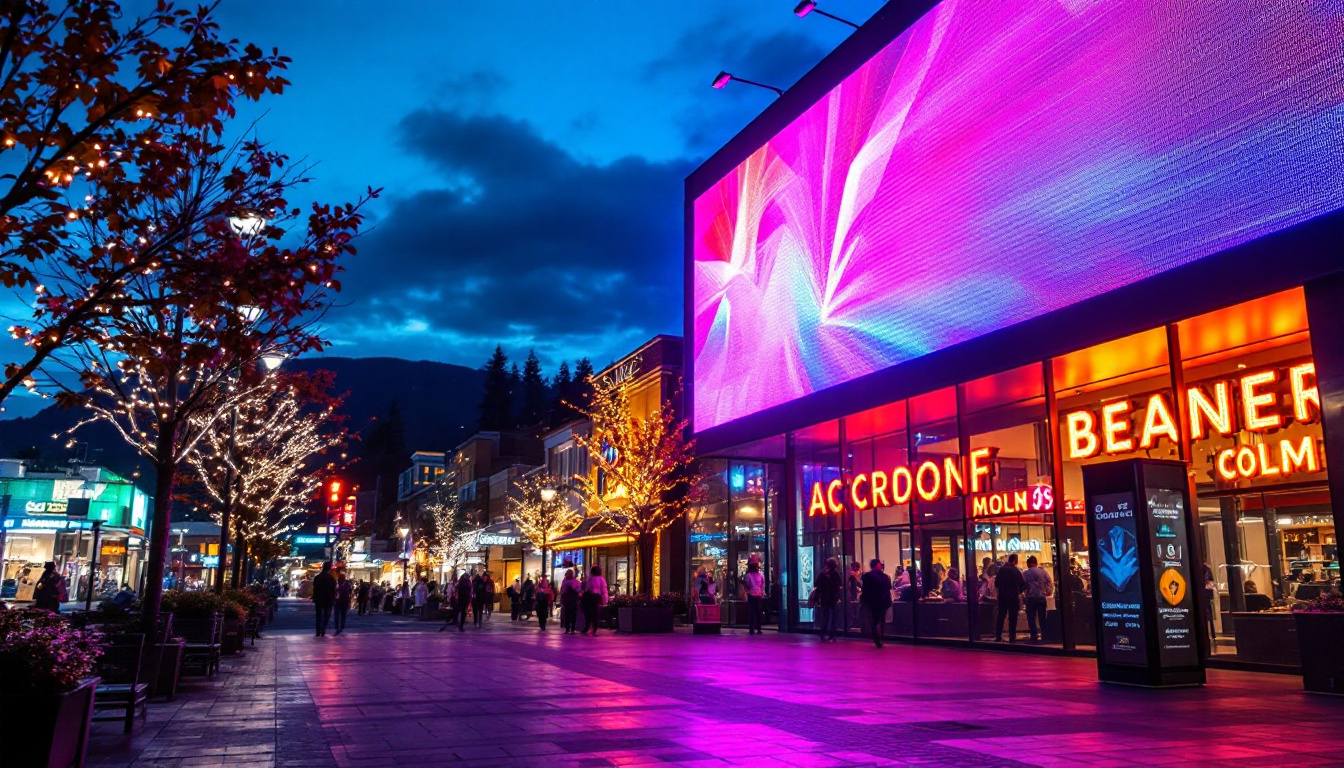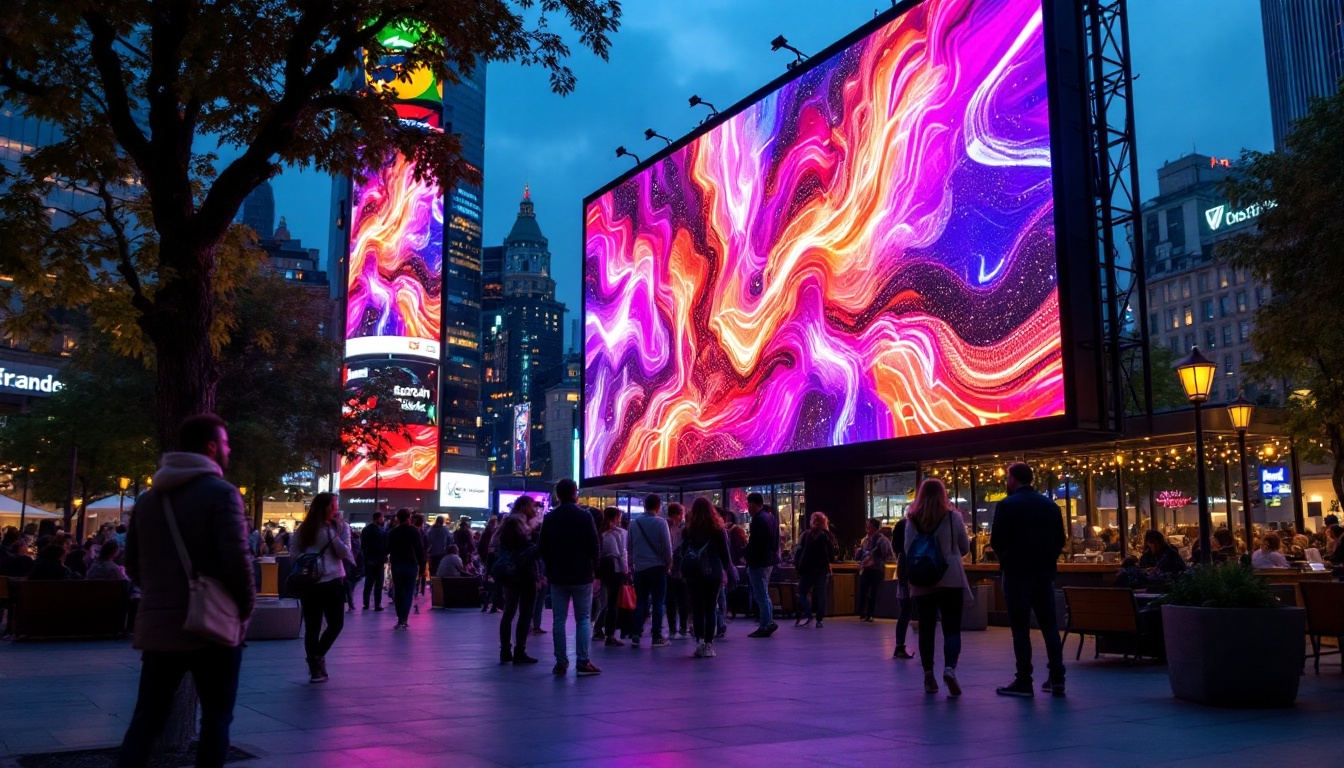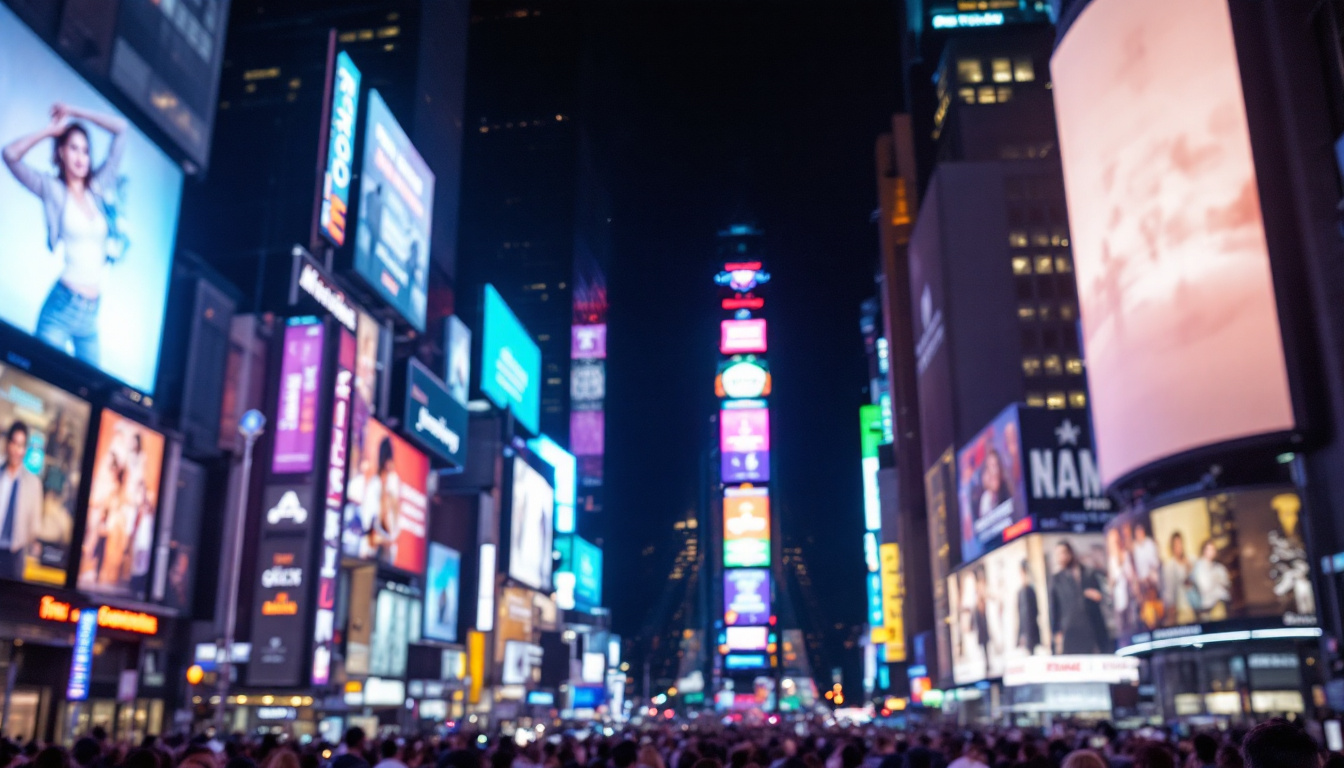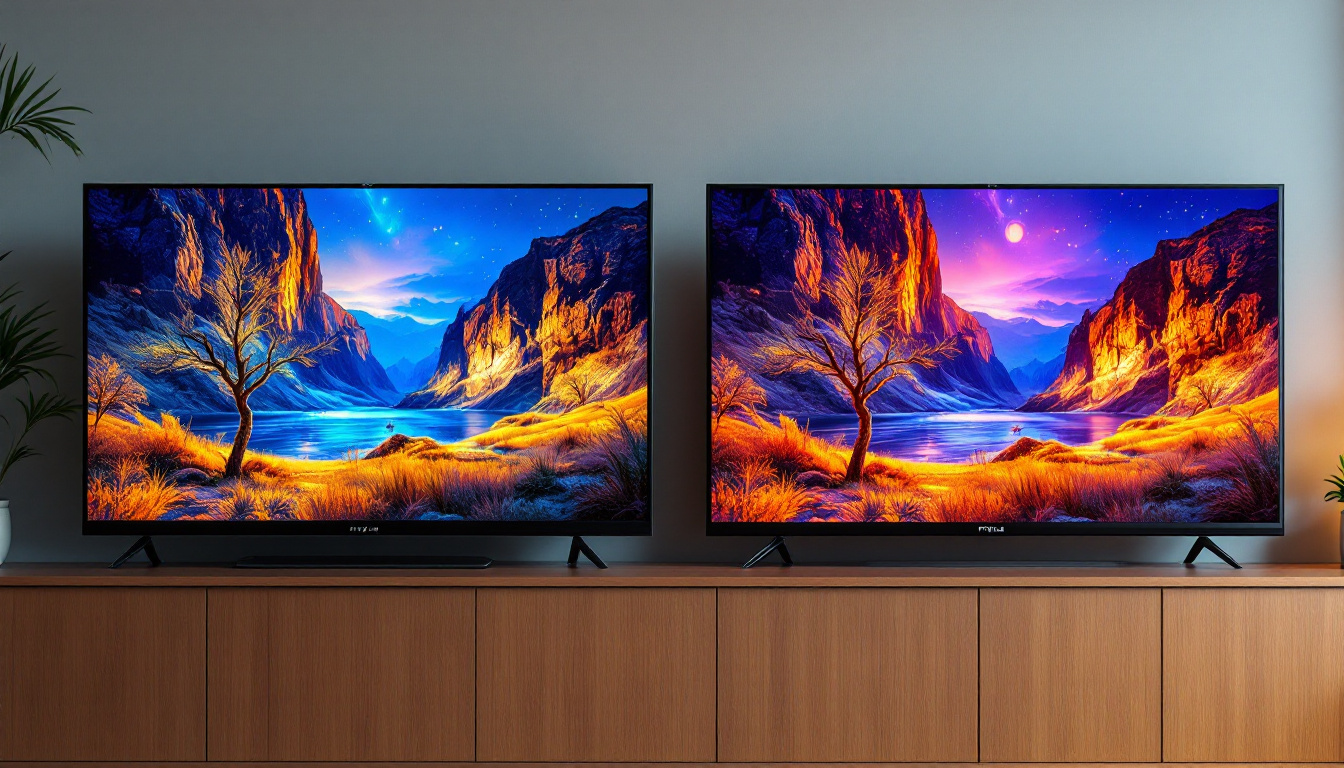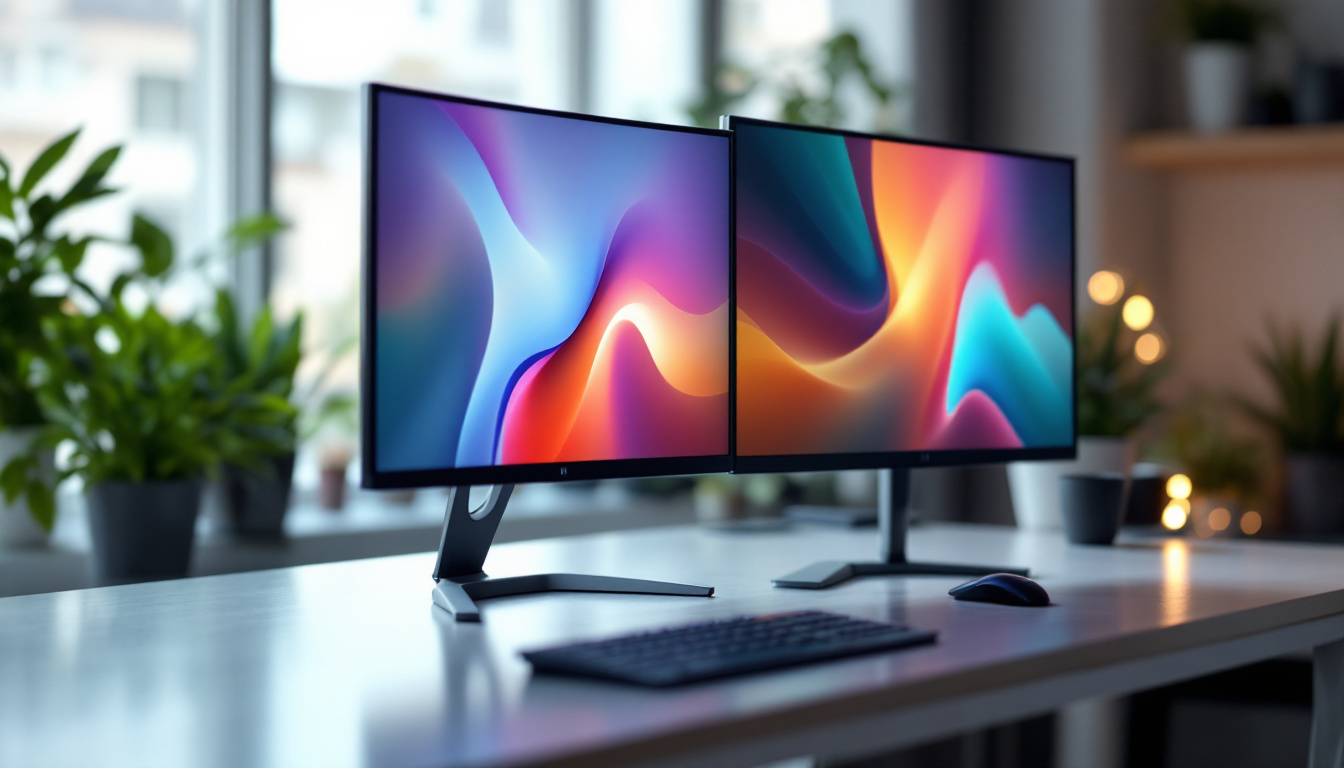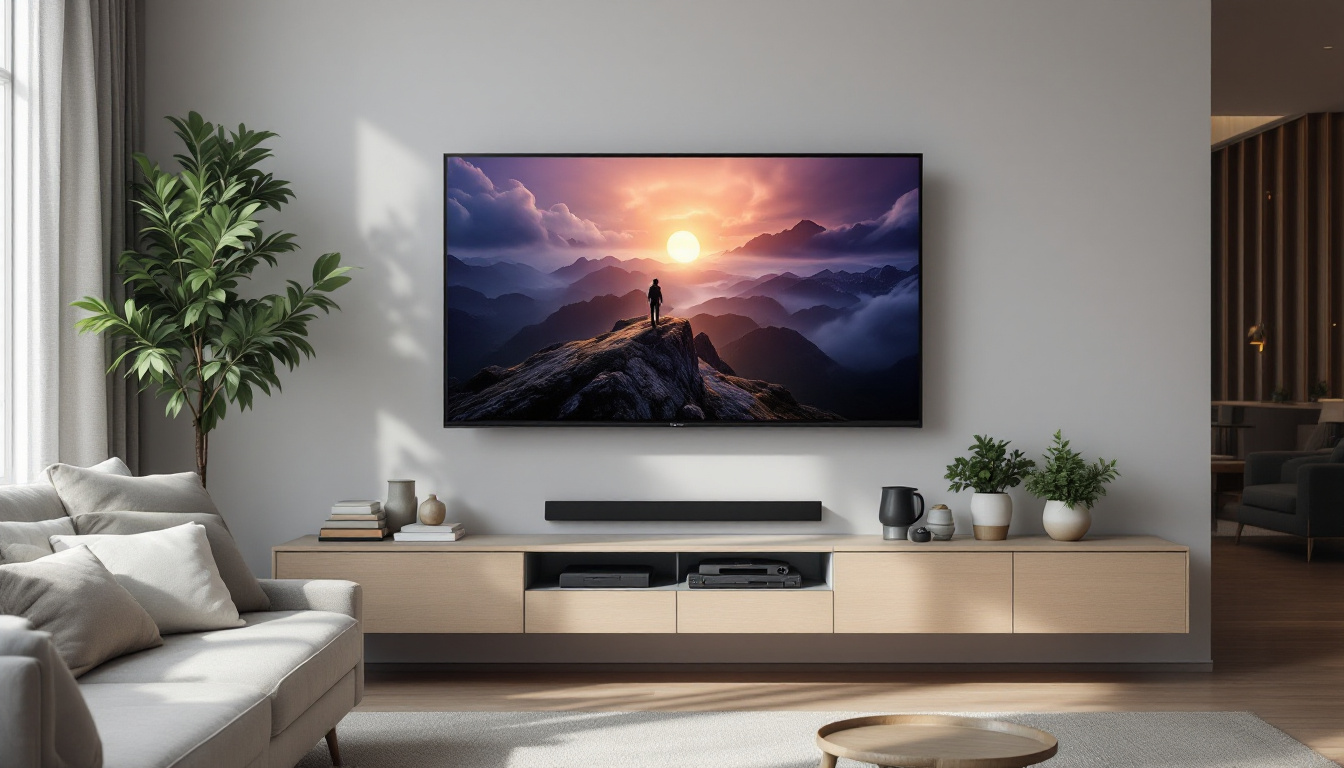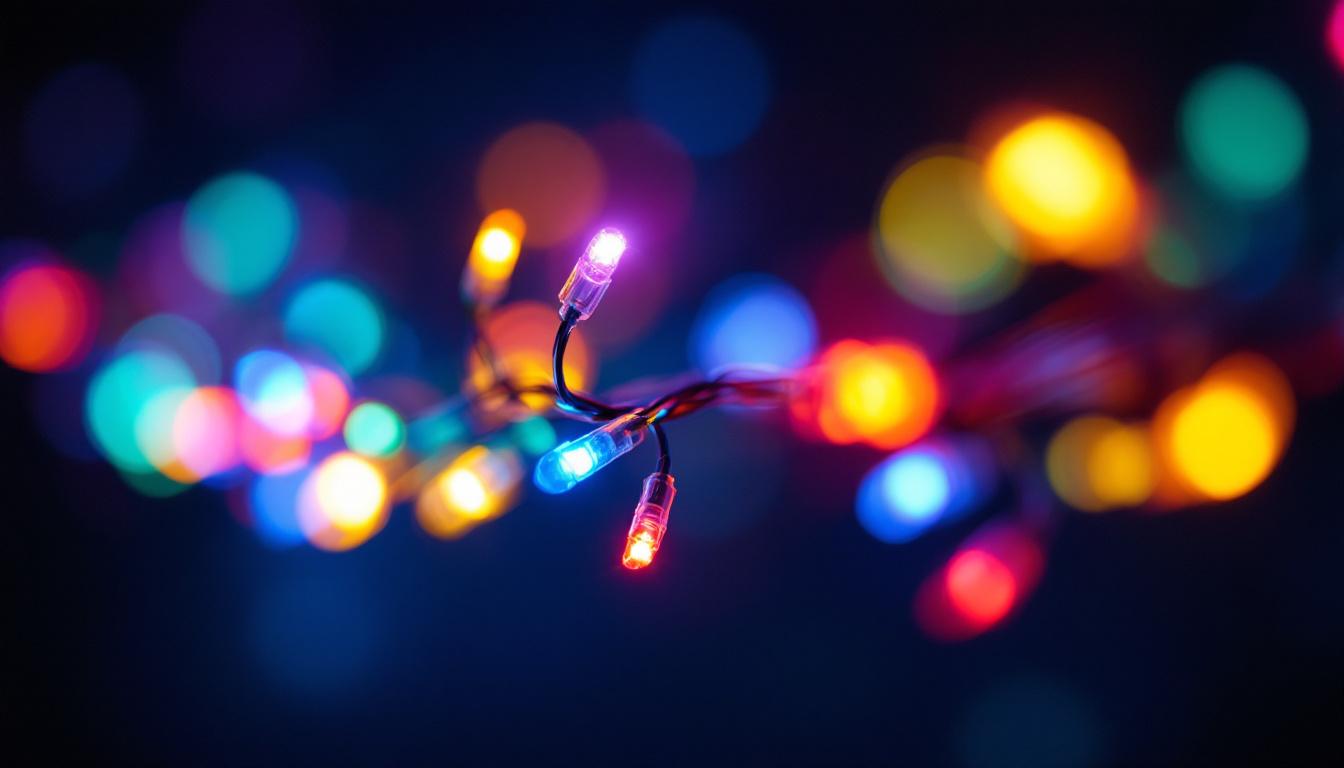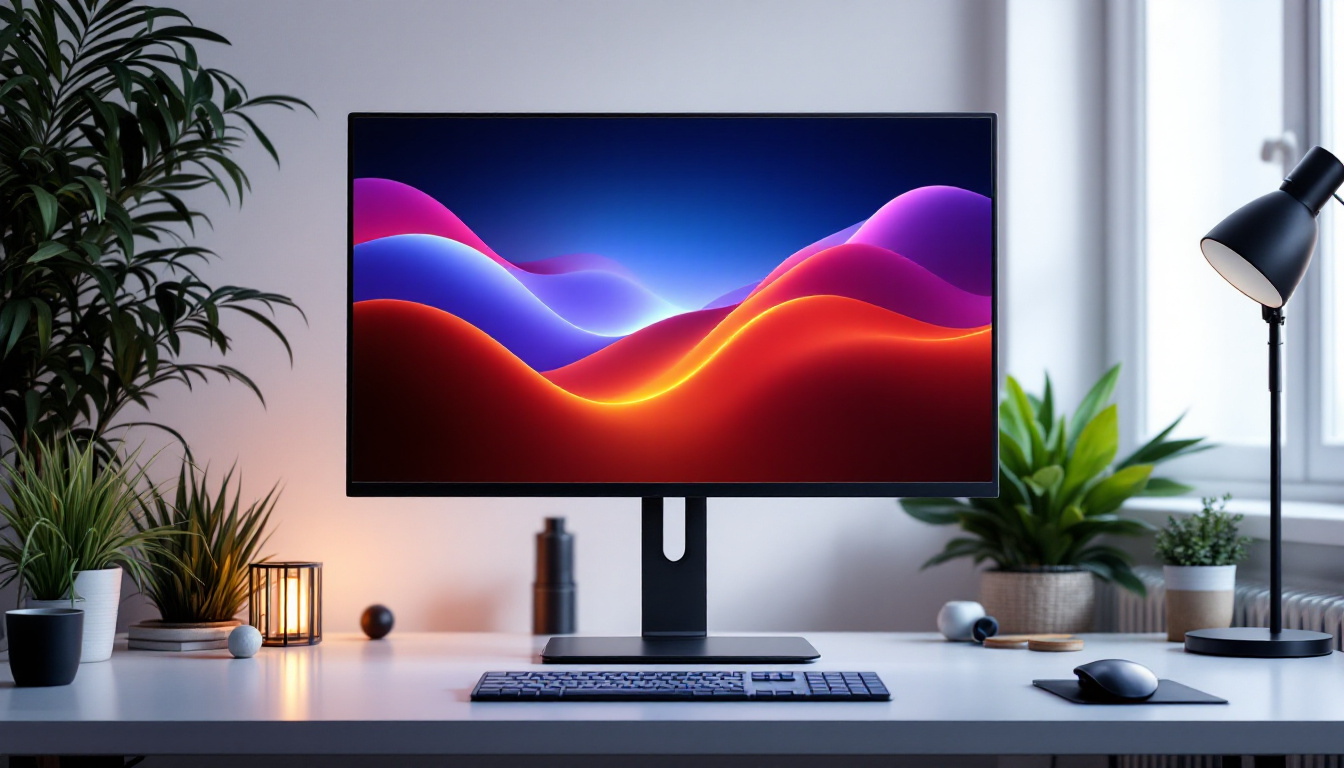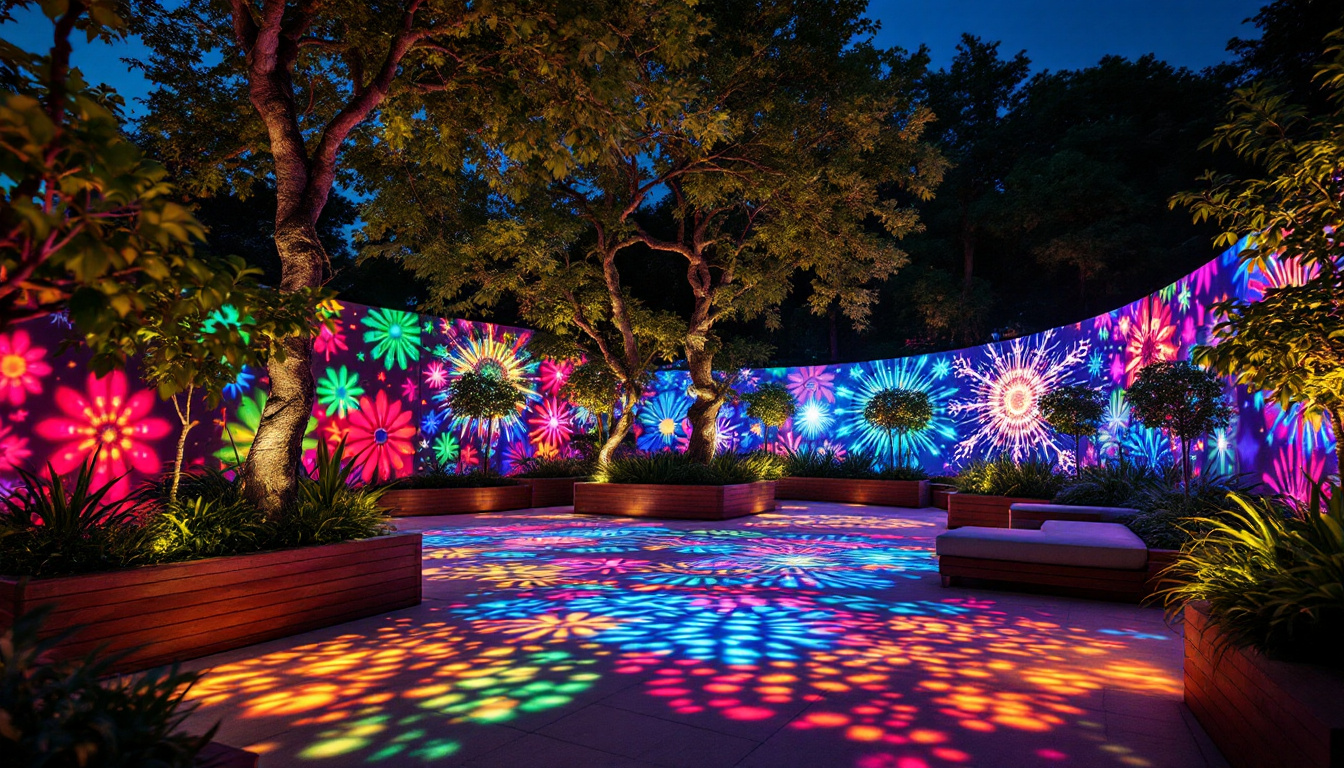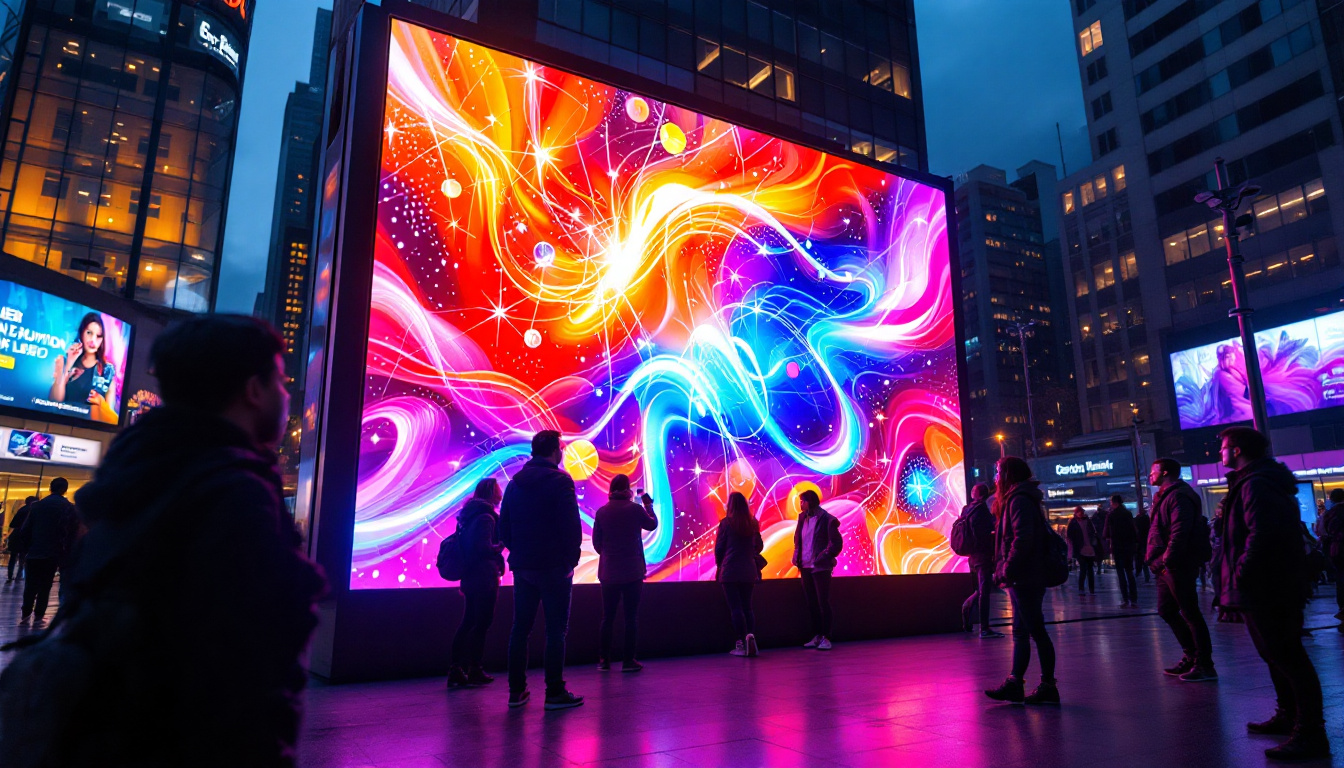In the rapidly evolving world of technology, LED displays have emerged as a cornerstone of modern visual communication. They are not just used in televisions and smartphones; their applications extend to advertising, public information systems, and even artistic installations. One of the latest innovations in this arena is the concept of “One Touch Sizes,” which simplifies the user experience while enhancing the versatility of LED displays. This article delves into the intricacies of LED displays, the significance of One Touch Sizes, and how they are shaping the future of visual technology.
Understanding LED Displays
LED, or Light Emitting Diode, displays utilize semiconductor technology to produce light. Unlike traditional displays that rely on backlighting, LED displays generate their own light, resulting in brighter images and more vibrant colors. This technology has revolutionized the way information is presented, making it more engaging and accessible. The clarity and sharpness of LED displays have made them a preferred choice for many applications, from personal devices to large-scale installations.
The Basics of LED Technology
At its core, an LED display consists of numerous tiny diodes that emit light when an electric current passes through them. These diodes can be arranged in various configurations, such as RGB (Red, Green, Blue) to create a full spectrum of colors. The combination of these colors allows for the display of intricate images and videos, making LED technology incredibly versatile. Furthermore, advancements in technology have led to the development of flexible LED displays, which can be bent and shaped to fit unique designs, opening up new possibilities for creative applications.
One of the primary advantages of LED displays is their energy efficiency. Compared to traditional LCD or plasma screens, LED displays consume significantly less power, making them a more sustainable option. Additionally, they have a longer lifespan, which reduces the need for frequent replacements and contributes to lower overall costs. The durability of LED displays also means they can withstand harsher environmental conditions, making them suitable for both indoor and outdoor use, where they can endure exposure to sunlight and varying temperatures without compromising performance.
Applications of LED Displays
LED displays are ubiquitous in today’s society. From large outdoor billboards to small screens in retail environments, their applications are vast. They are commonly used in:
- Advertising: Billboards and digital signage utilize LED technology to attract attention with bright colors and dynamic content.
- Public Information: Transit stations and airports use LED displays to provide real-time updates on schedules and announcements.
- Entertainment: Concerts and sporting events often feature large LED screens to enhance the audience’s experience.
In addition to these common uses, LED technology is increasingly being integrated into smart home devices, where they serve as indicators and displays for various functions. For instance, smart refrigerators may use LED screens to show recipes or inventory lists, while LED lighting can be programmed to change colors based on the time of day or mood. Moreover, the rise of virtual reality and augmented reality applications is pushing the boundaries of LED technology, as developers seek to create immersive environments that blend the digital and physical worlds seamlessly.
Moreover, the healthcare sector has begun to adopt LED displays for patient monitoring and information dissemination. Hospitals utilize LED screens to display vital statistics in real-time, ensuring that medical staff have immediate access to critical data. This application not only enhances patient care but also improves operational efficiency within healthcare facilities. As technology continues to evolve, the potential for LED displays to transform various industries remains vast, promising exciting developments in the years to come.
The Concept of One Touch Sizes
The term “One Touch Sizes” refers to the ability to easily adjust the size and configuration of LED displays with minimal effort. This innovation addresses the growing demand for customizable display solutions that can adapt to various environments and user needs. As technology continues to evolve, the importance of adaptable displays becomes increasingly clear, especially in settings where visual communication plays a critical role in engagement and interaction.
Benefits of One Touch Sizes
One Touch Sizes offer several advantages that enhance the usability and functionality of LED displays:
- Flexibility: Users can quickly change the size of the display to suit different applications, whether it be for a large event or a small retail space.
- User-Friendly: The intuitive design allows even those with minimal technical knowledge to operate the display effectively.
- Cost-Effective: By enabling users to adjust the display size, businesses can maximize their investment and reduce the need for multiple screens.
How One Touch Sizes Work
The technology behind One Touch Sizes typically involves advanced software that integrates with the LED display’s hardware. Users can select their desired size and configuration through a simple interface, which then automatically recalibrates the display settings. This seamless integration ensures that the quality of the visuals remains high, regardless of the size adjustments made.
Moreover, many modern LED displays equipped with One Touch Sizes come with additional features, such as remote control capabilities and compatibility with various content management systems. This allows users to manage their displays from anywhere, further enhancing the convenience and functionality of the technology. The ability to control displays remotely not only saves time but also allows for real-time updates, ensuring that content is always relevant and engaging.
In addition to these features, One Touch Sizes technology often incorporates smart sensors that can detect the surrounding environment. For instance, these sensors can adjust brightness based on ambient light conditions, ensuring optimal visibility at all times. This level of adaptability not only improves user experience but also contributes to energy efficiency, as displays can automatically reduce power consumption when less brightness is needed. As a result, businesses can enjoy lower operational costs while maintaining high-quality visual presentations.
The Future of LED Displays and One Touch Sizes
The future of LED displays, particularly with the integration of One Touch Sizes, looks promising. As technology continues to advance, several trends are emerging that will likely shape the landscape of LED displays in the coming years.
Increased Customization
As consumers demand more personalized experiences, the ability to customize LED displays will become increasingly important. One Touch Sizes will evolve to offer even more options for users, allowing them to tailor their displays to their specific needs. This could include not only size adjustments but also variations in shape, resolution, and brightness. The potential for modular designs will also emerge, enabling users to create unique configurations that fit their spaces perfectly, whether in a home, office, or public venue. This level of customization could lead to a new wave of creativity in digital signage and personal displays, allowing for artistic expressions that were previously unattainable.
Integration with Smart Technology
With the rise of smart technology, LED displays will likely become more interconnected. This means they could sync with other devices, such as smartphones and tablets, to provide a cohesive user experience. Imagine a scenario where an LED display automatically adjusts its size and content based on the audience’s preferences, all controlled through a mobile app. Furthermore, the integration of artificial intelligence could take this a step further, enabling displays to learn from user interactions and adapt in real-time. For instance, a display in a retail setting could change its advertisements based on the demographics of the shoppers nearby, creating a more engaging and targeted marketing approach.
Sustainability and Energy Efficiency
As environmental concerns continue to grow, the demand for sustainable technology will influence the development of LED displays. Future innovations may focus on enhancing energy efficiency and reducing waste. One Touch Sizes could play a role in this by allowing users to optimize their displays for energy consumption based on size and usage patterns. Additionally, advancements in materials used for LED displays may lead to the creation of recyclable or biodegradable components, further minimizing their environmental footprint. Companies are likely to invest in research and development to create displays that not only consume less power but also have a longer lifespan, reducing the frequency of replacements and the associated waste. This commitment to sustainability will resonate with environmentally-conscious consumers, making eco-friendly LED displays a preferred choice in the marketplace.
Challenges and Considerations
While the advancements in LED display technology and the introduction of One Touch Sizes are exciting, there are challenges that need to be addressed. Understanding these challenges is crucial for businesses and consumers alike.
Cost of Implementation
Although One Touch Sizes offer numerous benefits, the initial investment can be significant. For smaller businesses, the cost of high-quality LED displays with advanced features may be prohibitive. It is essential for companies to weigh the long-term benefits against the upfront costs to determine if this technology aligns with their strategic goals.
Technical Limitations
Despite the advancements in LED technology, there are still technical limitations that can affect performance. Issues such as pixel density, refresh rates, and color accuracy can impact the overall quality of the display. As One Touch Sizes become more prevalent, manufacturers must ensure that these technical aspects are not compromised in the pursuit of flexibility and ease of use.
Market Competition
The LED display market is highly competitive, with numerous players vying for attention. As new technologies emerge, companies must continuously innovate to stay relevant. This competition can lead to rapid advancements but may also result in inconsistencies in quality and performance across different brands.
Conclusion
LED displays have transformed the way information is communicated and presented. The introduction of One Touch Sizes has further enhanced their usability, providing a flexible and user-friendly solution for various applications. As technology continues to evolve, the future of LED displays looks bright, with increased customization, smart technology integration, and a focus on sustainability.
While challenges remain, the potential for innovation in this field is vast. Businesses and consumers alike should stay informed about these developments, as they will undoubtedly shape the future of visual communication. Embracing the advancements in LED technology, particularly the One Touch Sizes concept, will empower users to create more engaging and dynamic visual experiences.
Discover the Future of LED Displays with LumenMatrix
Ready to elevate your visual communication with the latest in LED display technology? LumenMatrix is at the forefront of innovation, offering a diverse range of LED display solutions tailored to your needs. From captivating Indoor LED Wall Displays to dynamic Outdoor LED Wall Displays, and from versatile Vehicle LED Displays to sleek LED Poster Displays, our products are designed to make your brand stand out. Experience the revolution in digital signage with our LED Sports Displays, interactive Floor LED Displays, and the customizable allure of our Custom LED Displays. Embrace the seamless integration of our All-in-One LED Displays and the stunning clarity of LED Transparent Displays. Don’t miss the opportunity to transform your space and captivate your audience. Check out LumenMatrix LED Display Solutions today and step into the future of engaging, impactful visual experiences.

